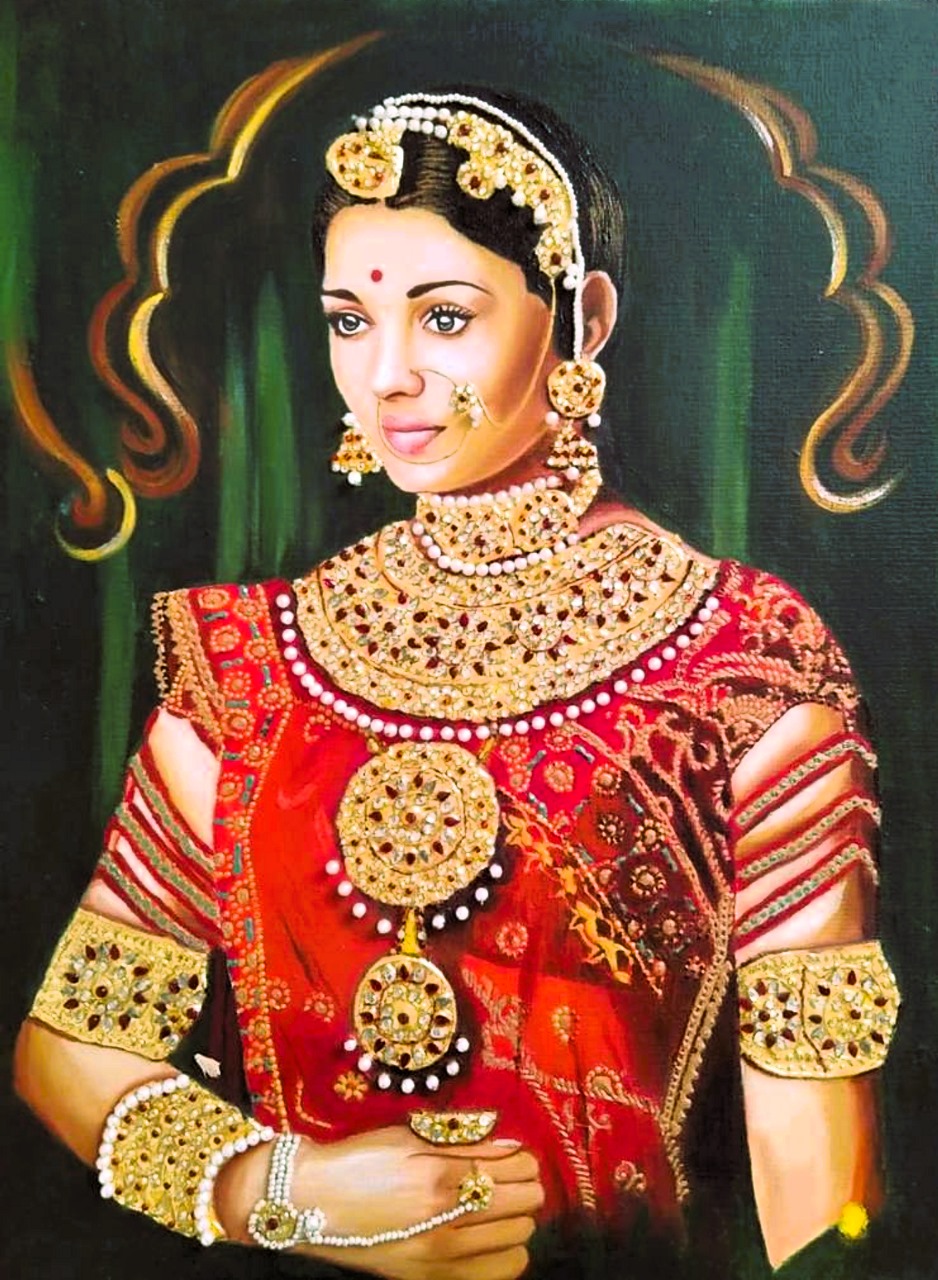India's Cinematic Evolution

India's Cinematic Evolution: The Rise of AI-Driven Films
The Indian film industry, a powerhouse of storytelling and cultural expression, is on the cusp of a significant transformation, driven by the accelerating integration of Artificial Intelligence (AI). From conceptualization to post-production and even audience engagement, AI is rapidly reshaping how movies are made, challenging traditional methods, and opening up unprecedented creative and economic possibilities.
While Hollywood has largely embraced AI for specific tasks like de-aging actors or generating background visuals, Indian filmmakers are making a more direct leap towards comprehensive AI-driven production. This shift is seeing the emergence of entirely AI-powered films and dedicated AI filmmaking studios across the country.
A New Wave of Filmmaking:
The impact of AI is being felt across various stages of film production:
- Scripting and Pre-Production: AI tools can analyze vast datasets of successful scripts to suggest story arcs, character developments, and even dialogue, accelerating the creative process. They can also aid in location scouting by analyzing images and data, and assist with production planning, streamlining schedules and minimizing downtime.
- Visual Effects (VFX) and Animation: This is where AI truly shines in India. VFX-heavy films like "Baahubali" have already set high standards, and AI is now making sophisticated visual effects more accessible and cost-effective, particularly for independent filmmakers. Generative AI can create detailed images, animate videos, build 3D environments, and even generate entire scenes from text prompts, significantly reducing the time and expense traditionally associated with these tasks.
- De-aging and Digital Characters: AI's ability to de-age actors, as seen in the Kannada film "Ghost" for Shiva Rajkumar, is gaining traction. More radically, AI is enabling the creation of hyperrealistic digital characters and "AI actors," potentially reducing reliance on traditional stars.
- Post-Production: AI-powered tools can assist with video editing, color grading, enhancing audio quality, generating subtitles, and even dubbing dialogues in multiple languages using voice cloning. This not only speeds up the process but also ensures greater consistency and quality.
- Music and Sound Design: AI can compose original music based on specific moods or genres, providing bespoke soundtracks. Similarly, AI-powered tools can enhance sound quality and create immersive soundscapes.
- Marketing and Distribution: AI can analyze audience data and preferences to optimize marketing strategies, from designing effective trailers and posters to recommending films on streaming platforms.
Pioneering Indian AI Films and Studios:
India is already witnessing the rise of films explicitly embracing AI:
- Naisha: Touted as India's first fully AI-generated feature film, directed by Vivek Anchalia and produced by Amazing Indian Stories (AIS). The film features entirely AI-generated lead characters, visuals, and even a significant portion of its music.
- Maharaja in Denims: This upcoming feature film, produced by Chandigarh's Intelliflicks Studios, is based on a novel and is showcasing its potential at international platforms like Cannes. It highlights how AI can produce complex, layered historical narratives at a fraction of traditional costs.
- Love You: A Kannada film, reportedly the world's first full-length feature film entirely created using AI tools by a two-member team in Bengaluru. Made on a modest budget, it demonstrates AI's potential for low-budget regional cinema.
- IRaH: Released in 2024, this film utilized AI and VFX for around 60% of its visuals, particularly action scenes, and featured an AI character at its core for age transformation effects.
Beyond individual films, dedicated AI studios are emerging, like Larven AI Studio by Dil Raju and Prismix by Ajay Devgn, signaling a significant investment in this new frontier.
The Future and its Challenges:
Prominent filmmakers like Shekhar Kapur envision a future where AI-generated characters could become stars in their own right, democratizing filmmaking by allowing independent creators to develop compelling stories without relying on established celebrities or massive budgets.
However, this exciting evolution isn't without its concerns:
- Job Displacement: A major worry is the potential for AI to displace human workers in various filmmaking roles, from artists and technicians to even actors.
- Creative Control and Authenticity: Some question whether machine-generated content can truly capture the emotional nuance and unique human touch that defines compelling storytelling. There's a debate about the "soul" of Bollywood narratives when created by algorithms.
- Ethical Considerations and Copyright: Issues surrounding data privacy, intellectual property rights, and the ethical use of AI-generated content (especially if it mimics existing individuals) are crucial and require clear guidelines.
- Technological Limitations: While rapidly advancing, AI tools still have limitations, such as inconsistencies in character features, challenges in generating authentic emotional expressions, and perfect lip-syncing.
- Infrastructure and Skill Gap: India needs to address challenges like inadequate computational resources and a shortage of AI researchers to fully leverage the potential of AI in its diverse linguistic and cultural landscape.
Despite these hurdles, the momentum is undeniable. AI is not just a technological trend; it's a fundamental shift that is making filmmaking smarter, more efficient, and more accessible. As Indian filmmakers continue to experiment and innovate, the synergy between human creativity and artificial intelligence is poised to redefine the landscape of Indian cinema, leading to a new era of diverse and technologically advanced storytelling.
.jpeg)
.jpeg)

.png)













